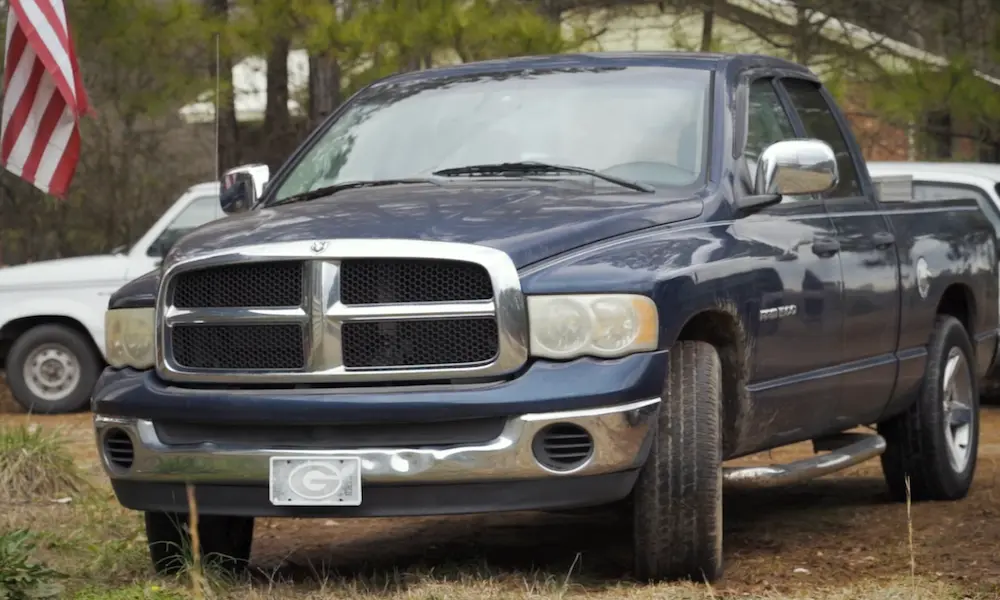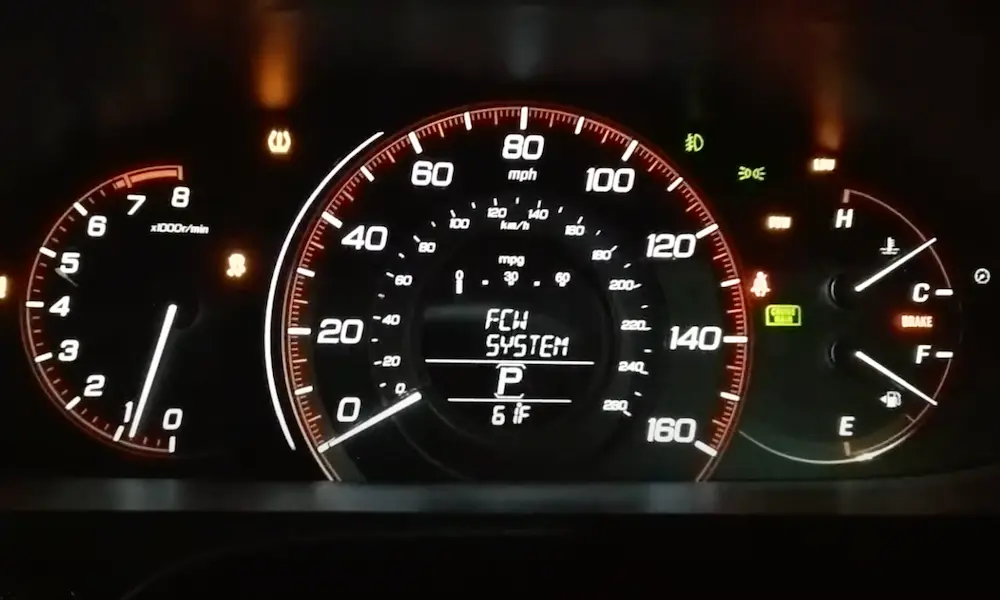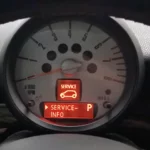If you just replaced the throttle body of your Dodge vehicle, it begins to show some unusual behavior when idling or trying to accelerate. This might not mean the installation was not done properly; rather, it could just mean that the vehicle’s computer system had forgotten the throttle position.
Once you have this problem, you may need a throttle body relearn. To relearn means to teach the Engine Control Unit (ECU) the throttle position.
We will examine what throttle body relearning is, what could cause ECM memory loss, and how to relearn.
What is the Dodge Throttle Body Relearn Procedure
A Dodge throttle body relearn procedure refers to reteaching the vehicle’s computer to the throttle position. The ECM loses memory of the position of the throttle due to many reasons. When this happens, the engine might not function as it should, especially when idling or accelerating.
You might notice that your vehicle is experiencing some erratic idling; this could be due to the Throttle Position Sensor (TPS). It can be seen in the butterfly valve to better assess the throttle’s position.
With the introduction of the electronic throttle system, its operation has become even more complicated. Older models had had the butterfly valve directly connected to the accelerator pedal thanks to cables. Now, there is the use of sensors replacing the direct connection.
The TPS monitors the acceleration pedal movement and then transmits the data to the ECU. The computer system will use the data received to control the throttle valve.
Furthermore, over-complicating the modern throttle system has made it over-reliant on the ECU. This is why memory loss in the computer system will affect the throttle system and engine.
When the engine’s computer experiences memory loss, the next step is to have a “throttle body relearn procedure.”
What Causes the ECM to Loss Memory
The ECM will lose memory of the position of the throttle once it is completely drained of electric current. This means a dead or disconnected battery could lead to this problem. Also, disconnecting TPS from the computer system could lead to this issue.
Below are the causes of ECM loss of throttle position memory.
1. Dead battery
A dead battery is a leading cause of the computer system’s memory loss. When a battery dies, all electricity in every component of the car is completely drained. Without electrical current in these parts, the ECU and other modules will automatically reset once they receive power.
Once the ECU resets, it loses every pre-saved memory the computer system has gathered with the help of the TPS. One of the important data losses is the position of the throttle.
2. Resetting the ECU
Intentionally resetting the vehicle’s computer system is another way for it to lose its valuable memories. For one reason or another, other people use special tools like the OBD-II to clear the memory of the ECU.
Resetting the engine computer is okay, especially when there is a malfunction; however, people do not know that other systems in the vehicle, like the throttle, get affected. Once the memories of the throttle position are wiped, a relearning may be needed.
3. Disconnecting the battery terminal
Disconnecting the terminals gives the same effects as having a dead battery. Once the terminals are disconnected, the electricity supply from the battery to the vehicle is cut off. As time goes on in such conditions, components of the battery will begin to get completely drained of any current.
Just like in the case of a dead battery, once the computer system is completely drained of current, it automatically resets.
4. Throttle body replacement
Replacing the throttle body will also cause the ECM to lose memory of the position of the throttle. How does this happen? The TPS is located in the throttle body, so it gets disconnected from the computer system.
Once the sensor is disconnected from the ECU and a new one is connected, there is a large tendency that the computer will lose the position memory and need to be relearned.
Steps to relearn the Dodge Throttle Body
It is called “relearning throttle body” because the computer system was taught how to monitor the throttle position. All of a sudden, it was forgotten. Now, we have to make it learn again.
Various relearning processes are depending on the vehicle that you drive. Here, we show you how to use an OBD scanner to relearn the throttle body.
- Connect the OBD scanner to your vehicle and then proceed to turn the ignition on.
- Go to VIN detection and click on autodetect; this will find the VIN.
- Once done, navigate to diagnostic and select the control unit.
- Go ahead to select the power powertrain and then engine control.
- Navigate to a special function, where you will then find the Electronic Throttle Control (ETC)
- Click on the ETC icon and proceed to follow every instruction that will be given to you.
- You may be asked to press the accelerator pedal and release it for some time.
- Once you can successfully follow all the instructions, you get a successfully relearn message and are done.
If you do not have an OBD scan tool, then there are other methods that you could try. Follow the steps below.
- Switch the ignition to ON, but do not start the vehicle.
- Proceed to depress the accelerator pedal for about 20 seconds.
- After that, slowly release the pedal, but ensure that the speed at which you release the pedal is consistent.
- You are good to go once you have done that.
You can try this process several times to ensure it works perfectly.
Final Thoughts
The relearning process is an easy task to do, and nothing could go wrong with attempting it. You could save a lot of money by carrying out this process yourself without the help of any professional. However, if you try the relearning process multiple times and the throttle issue continues, you may need to take your Dodge to a certified mechanic to have it checked and the issue properly fixed.















